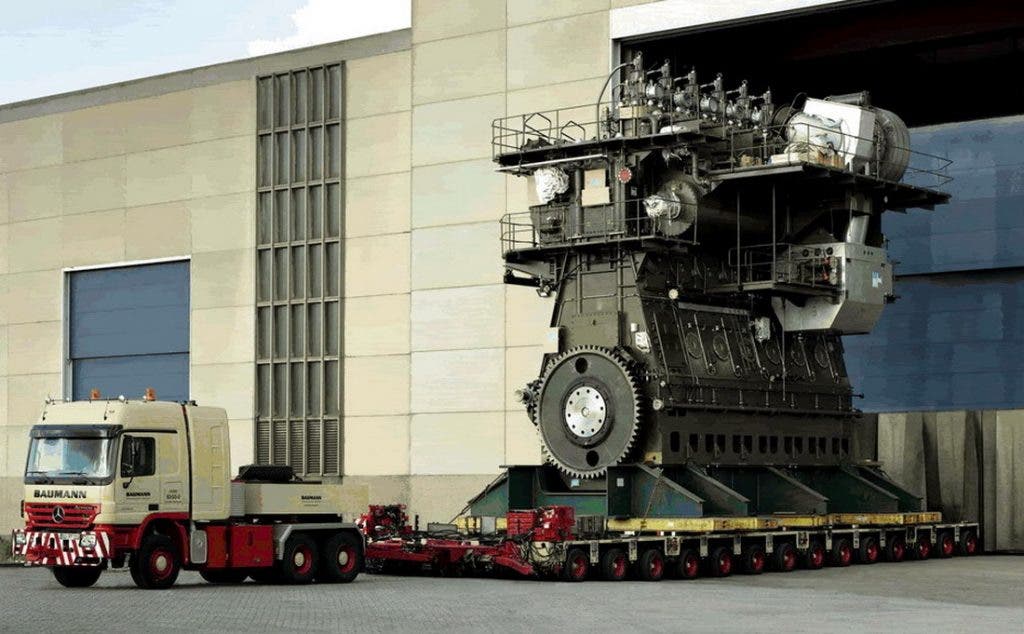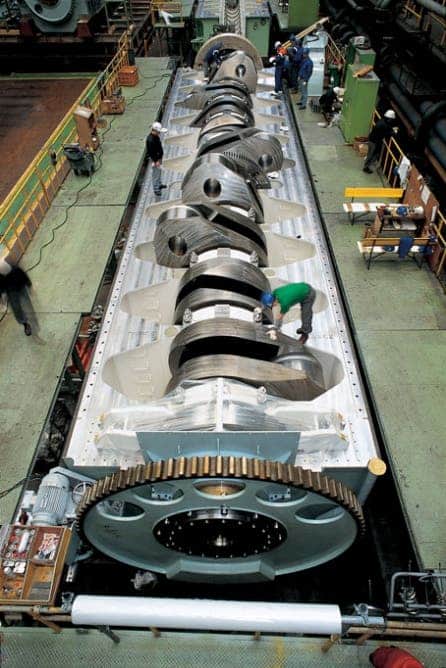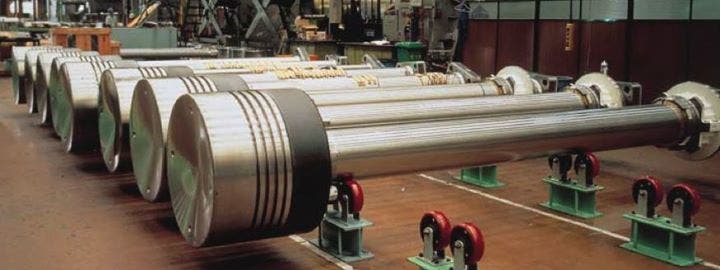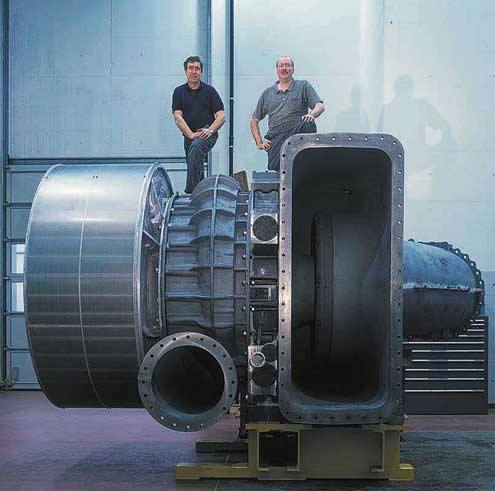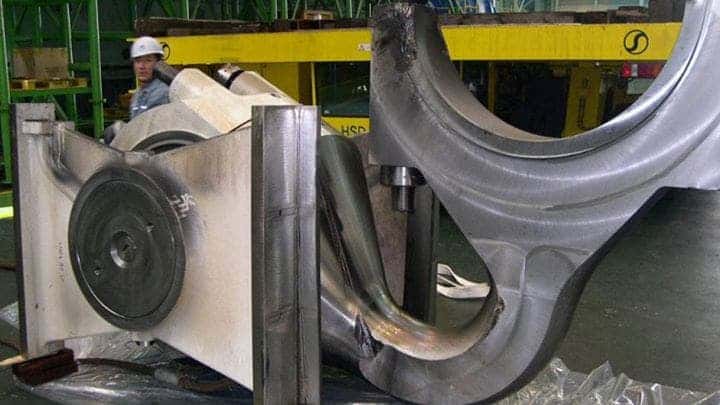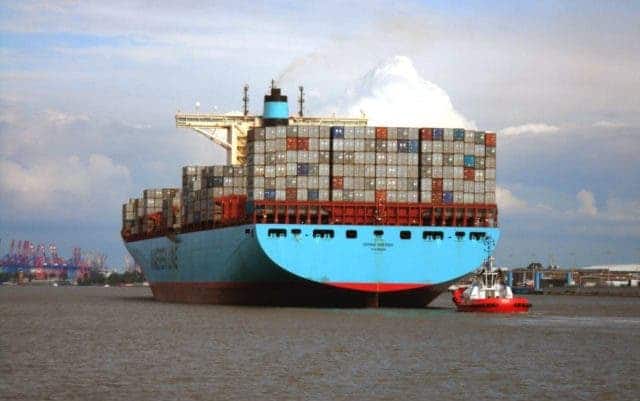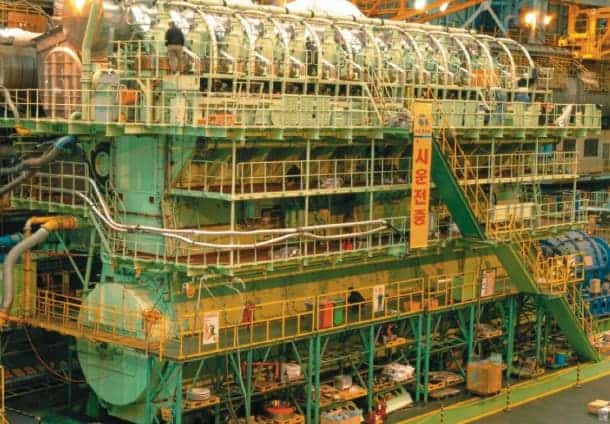Deep within the bowels of cargo ships and tankers around the world, a monster lurks. It is a machine of such immense size and power that it boggles the mind: the Wärtsilä RT-flex96C, currently considered as the world’s largest and most powerful engine. But, this engine’s story is not just about size, it’s also about efficiency and innovation.
Designing the Giant: The Wärtsilä RT-flex96C
This jaw-dropper is the Wärtsilä RT-flex96C, the world’s largest and most powerful diesel engine.
Wärtsilä is a Finnish company that specializes in designing and manufacturing large engines for use in ships and power plants. In 2005, the company set out to create the world’s largest and most powerful diesel engine. The result was the Wärtsilä RT-flex96C, a two-stroke, low-speed diesel engine that uses common rail fuel injection to increase efficiency and reduce emissions.
The RT-flex96C is a true giant among engines, with its fourteen cylinders that can generate 107,389HP with more than 7,000,000Nm of torque — enough to power an entire suburban town.
The engine weighs 2,300 tons and stands 44 feet tall and 90 feet long – more than a four-story building. Redline is at 102 RPM, but the torque is enough to tear a tank to shreds.
How’s that for a turbo boost?
Each of the 14 built-in cylinders devours 6.5 ounces of diesel in one cycle that produces 5700 kW of energy. That might sound like a lot, but the engine is actually highly efficient and one of the least polluting of its kind, using common rail fuel injection and other technologies to reduce emissions and increase fuel economy.
You might wonder what kind of behemoth would need so much power. In 2006, the Wärtsilä RT-flex96C engine was installed and finally set sail on the Emma Mærsk, a cargo ship that can carry 11,000 20-foot shipping containers at a breakneck speed of 31 knots, whereas most other ships in its class typically cruise with 20 knots.
Thanks to its high power output, large cargo ships equipped with the RT-flex96C can achieve a high average speed, reducing the time needed for cargo transport and increasing the number of trips in a year.
The ship regularly ferries cargo from China to the U.S, which it can deliver four days earlier than its competition, saving a lot of money. There are currently 25 such engines roaming the world’s oceans, and another 86 are on the way.
What the engine looks like installed in the ship.
Wärtsilä continues to improve the design of RT-flex96C, for instance, it has been upgraded with a selective catalytic reduction (SCR) system, to reduce nitrogen oxide emissions by up to 95%. The engine’s advanced control system also enables the optimal matching of engine output to the vessel’s propulsion requirements, further reducing fuel consumption and emissions.
The Wärtsilä RT-flex96C is the largest and most powerful diesel engine in the world, a true giant among machines. Its size and power are nothing short of impressive, but the engine is also designed to be highly efficient and environmentally friendly. It’s a symbol of human ingenuity and innovation, and it will continue to power the world’s largest ships, making cargo transport more efficient and reducing the environmental impact of shipping.
